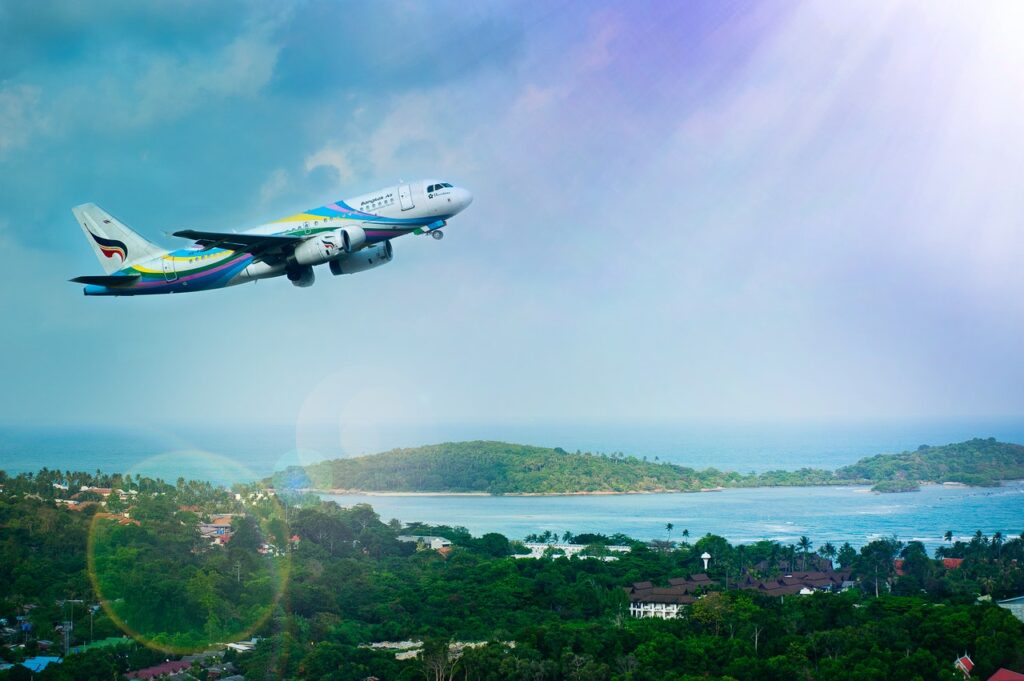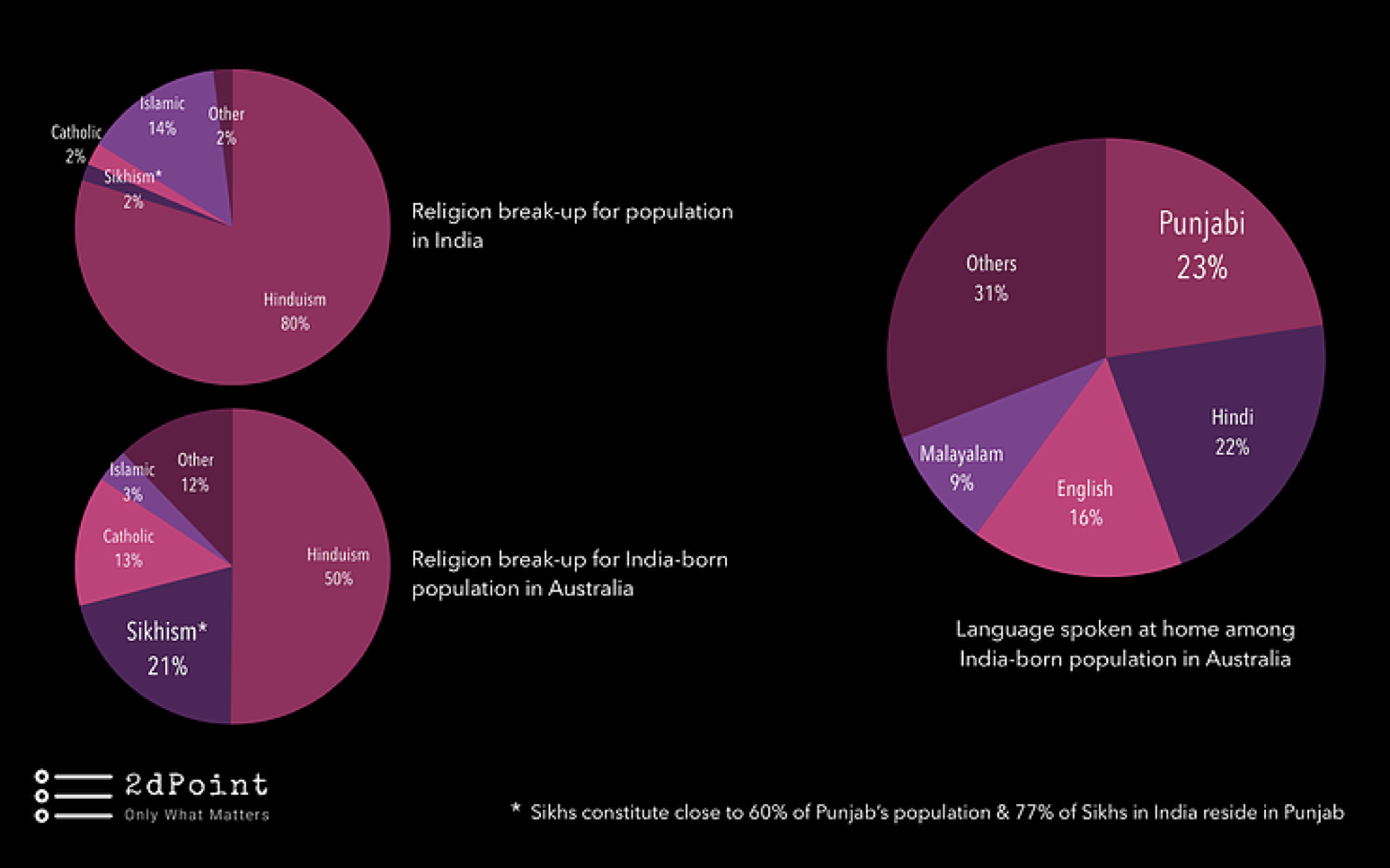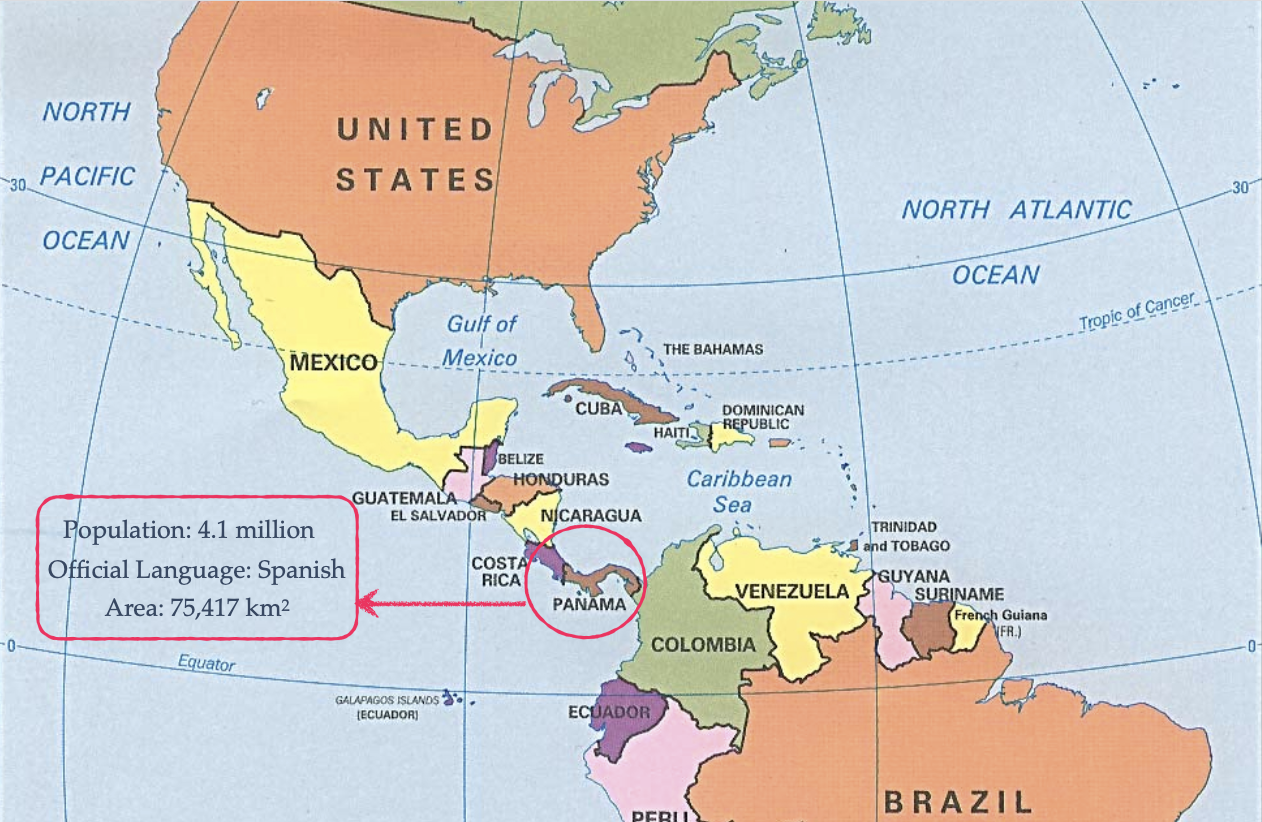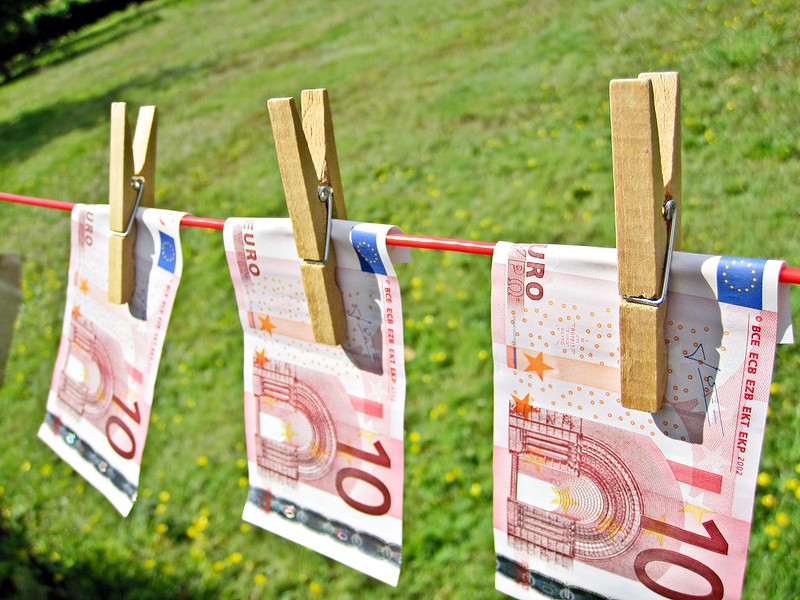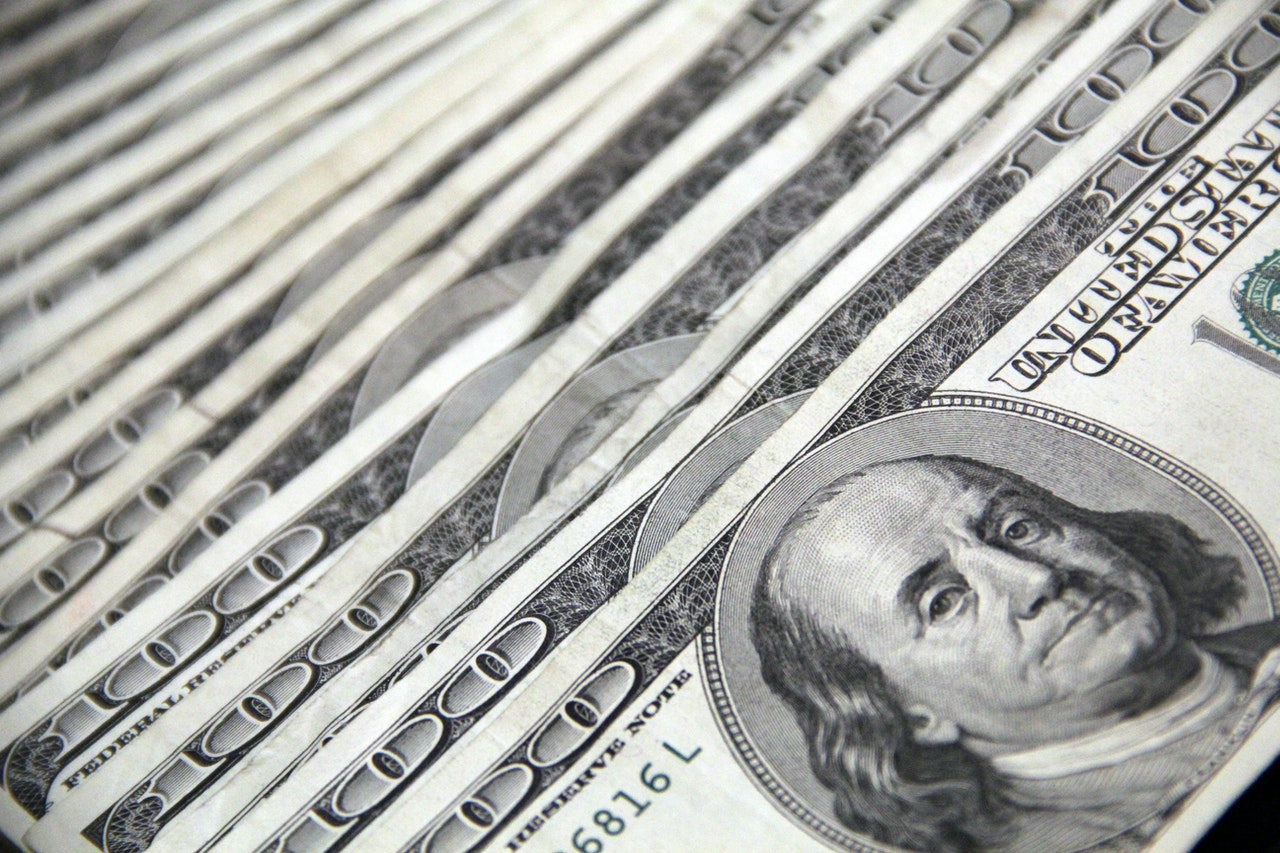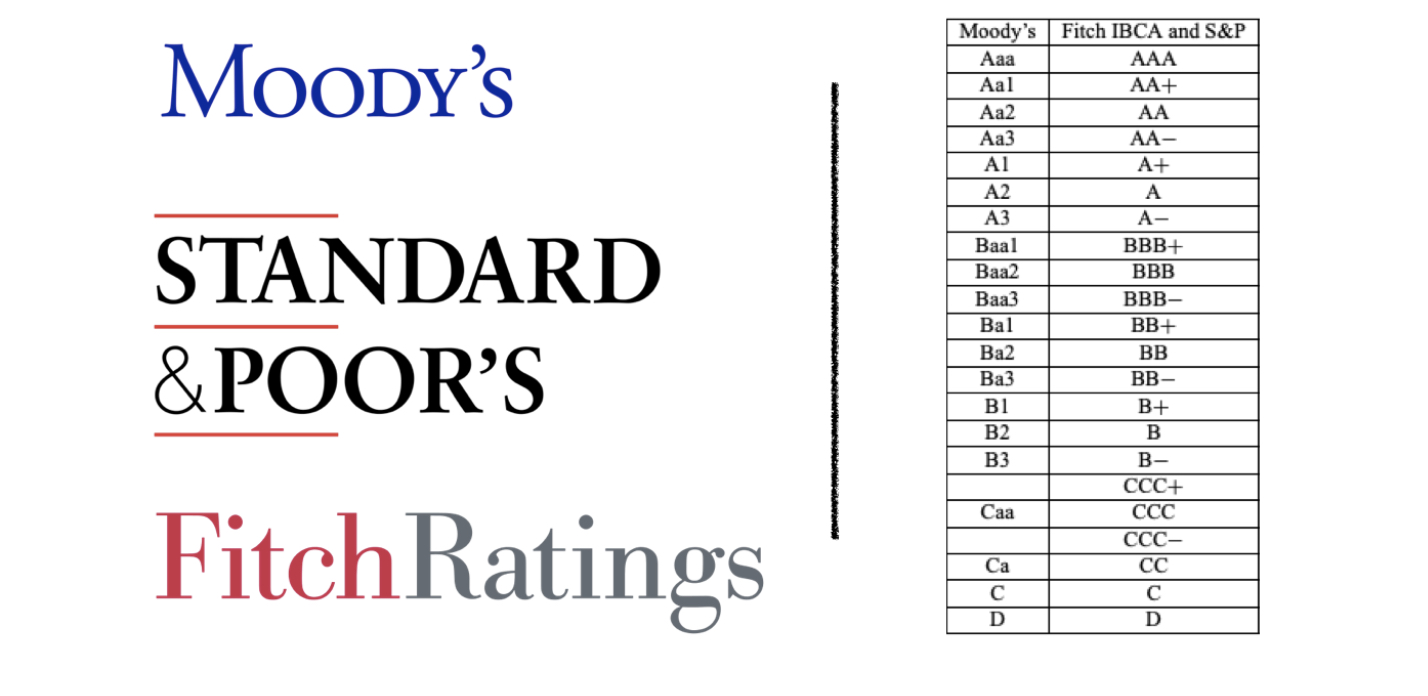Reading Time: 2 minutes
- Increasing flights to existing destinations or adding new destinations means more airplanes, more pilots, more fuel, more flight attendants, more maintenance hours, etc.
- This quick build-up of costs for increasing revenue makes growing an airline very expensive; and while the costs are variable*Definition by Investopedia: Variable costs increase or decrease depending on a company’s production volume; they rise as production increases and fall as production decreases. Examples of variable costs include the costs of raw materials and packaging. on revenue’s way up, most of these variable costs quickly become fixed*Definition by Investopedia: Fixed cost is a cost that doesn’t increase or decrease with an increase or decrease in amounts of goods or services produced or sold. and independent of the revenue.
- E.g., let’s say you run 3 Airbus A320 aircraft, flying to 3 destinations and back.
- The flights are usually full, and you have to say “no seats available” to a lot of people; so you buy*You can also lease an aircraft but that also calls for a commitment. 2 more aircraft, each costing you around $107 million.
- And then, there is a decline in demand for any of the following reasons: economic recession, seasonality, bad weather, competitor offers, safety (recent terrorist attacks or accidents or a pandemic), etc.
- Except for the fuel & food costs and some passenger-related government taxes, almost all the remaining costs are now fixed for you i.e. aircraft, salaries, maintenance costs, fees to airports, running expenses at your corporate office, etc.
- Equally bad to (and, in some cases, worse than) not flying an aircraft is flying it with empty seats, and a lot of time that is what airlines have to do; the worldwide load factor (% of seats that are occupied), for instance, is around 80%.
- This means 36 seats out of the 180 that each of your A320 has, are unoccupied and not generating any revenue but are a cost to you.
- Every occupied seat in a domestic flight costs about $70 to an airline; assuming that a vacant seat costs 20% less (i.e. $56) because of passenger-related taxes/expenses, 36 vacant seats mean a loss of $2,016 ($56 X 36) per domestic flight.
- Assuming all 5 of your A320s fly just once every day of the month at 80% load factor, you will incur a loss of $302,400*$56 X 36 (vacant seats) X 5 (flight) X 30 (days). every month.
- In an ideal scenario, you can recover these losses by increasing the ticket price for the remaining seats but that is not possible every time because you get to know your actual occupancy rates closer to the take-off.
- And if you wanted to work with 80% load factor and charge premium prices for these 144 seats (180 minus 36), the competitors wouldn’t let you because they are aiming to improve their load factor.
- In a category with weak brand loyalties, negligible competitive advantages and zero switching costs, this means that even if one airline – whether based on low cost or acting irrationally – decides to cut fares, competitors have little choice but to follow.
- On top of it, the flight routes have saturated i.e. there are already many players in any given sector, so there isn’t much growth potential left in the current model.
Image courtesy of Vision Pic from Pexels
Reference shelf :

